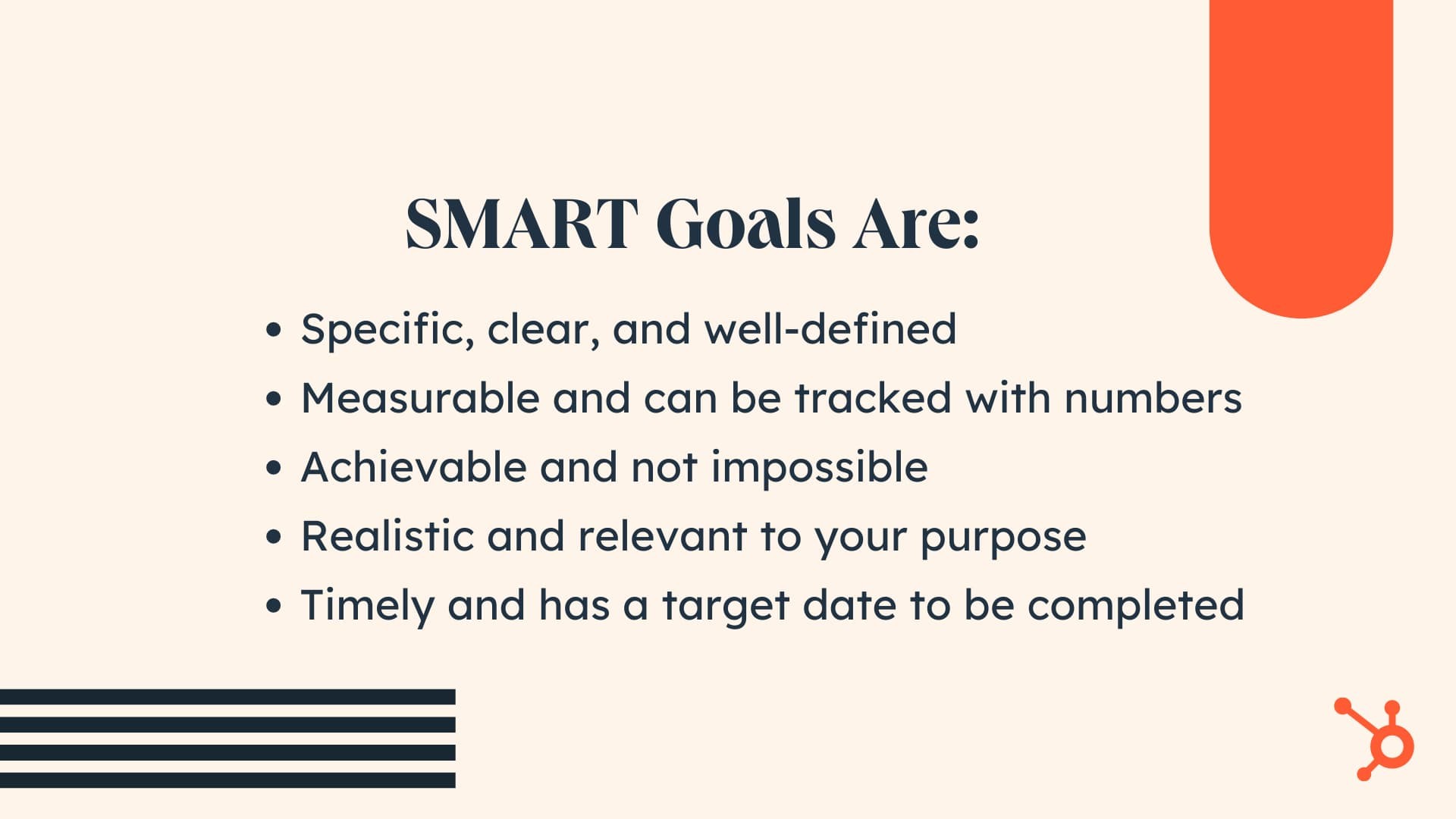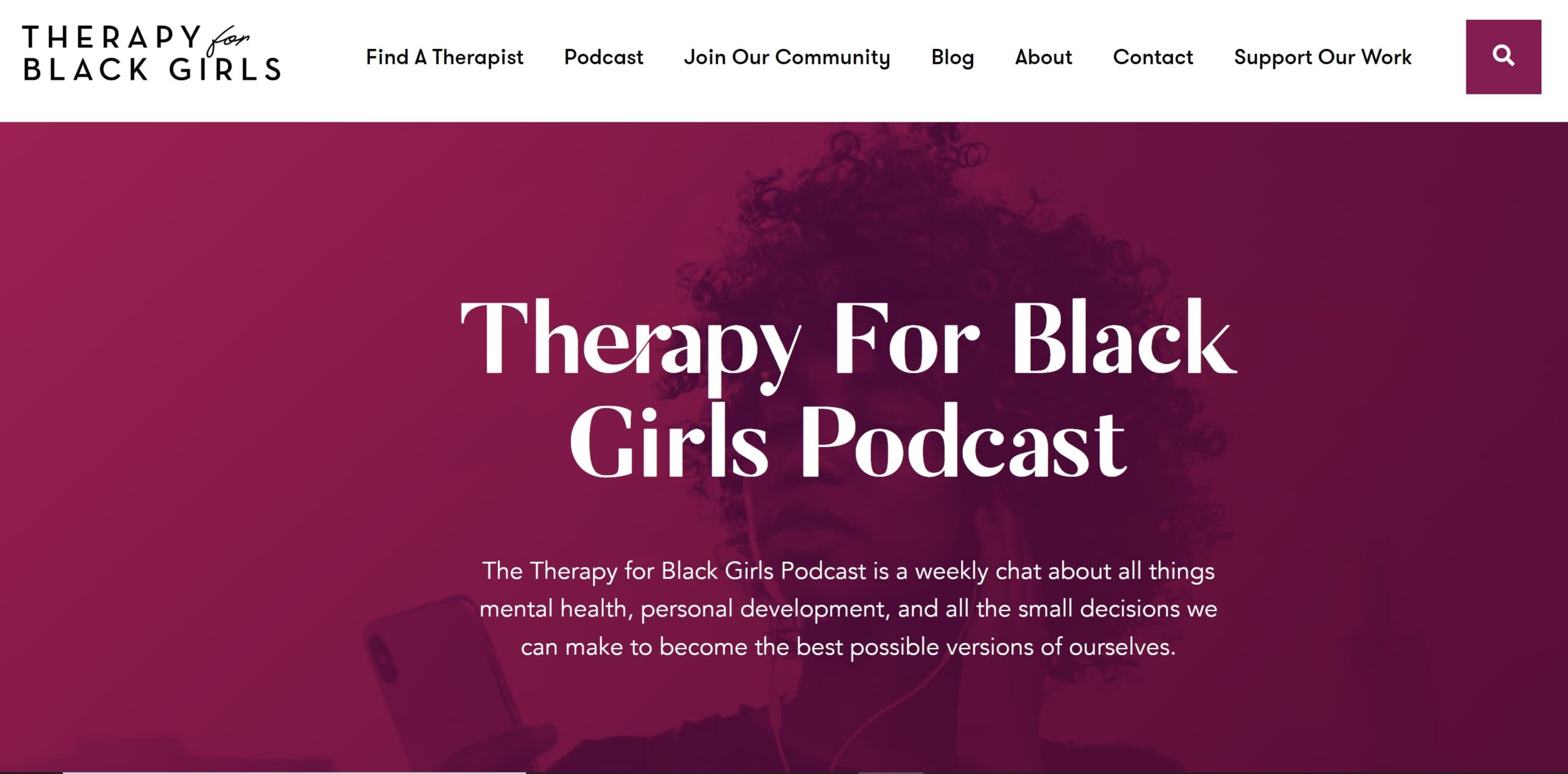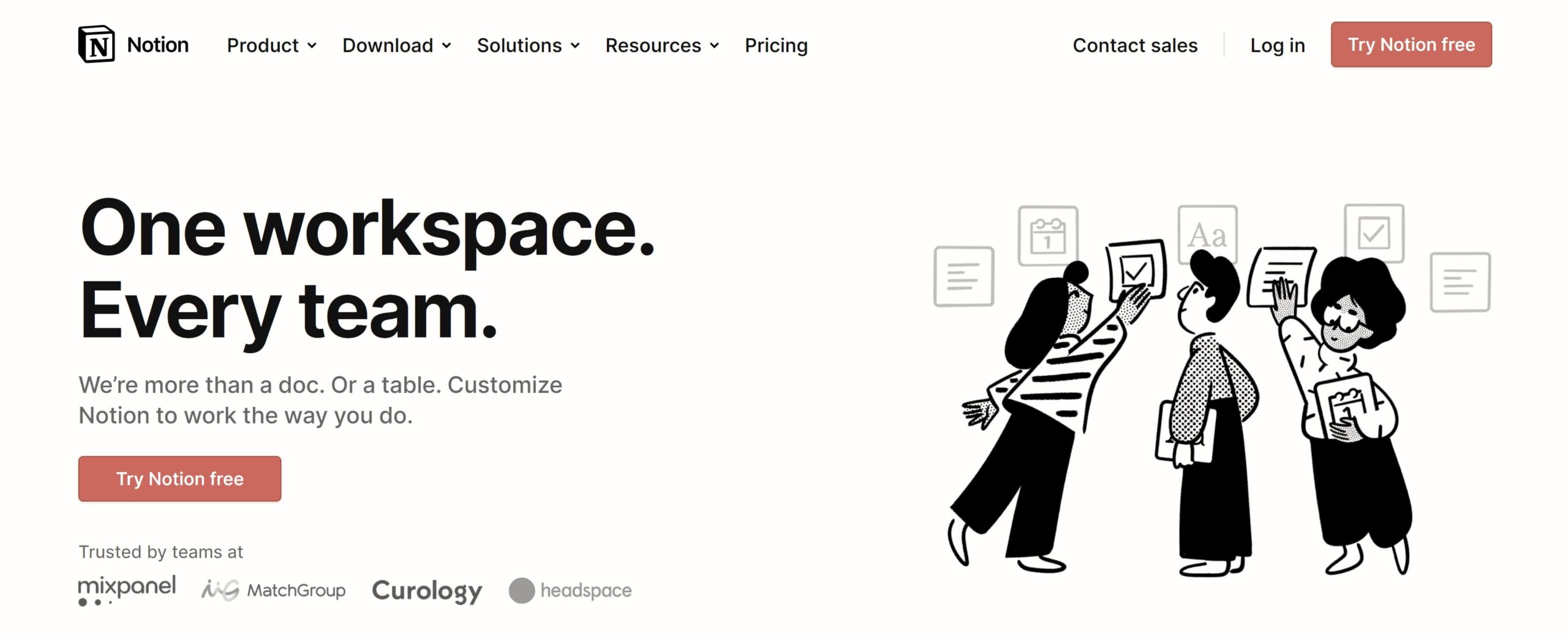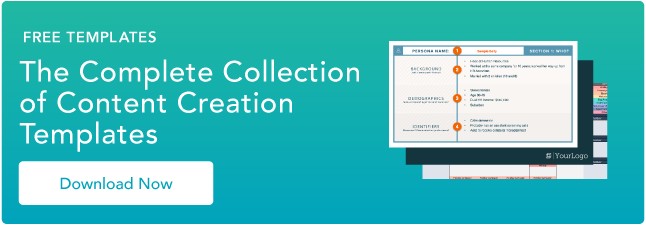More businesses and social media platforms are relying on digital creators to boost brand awareness, revenue, and engagement — making digital content creation popular among marketers and creatives. But what exactly is a digital creator and how can you become one? In this blog, we're going to explore what a digital creator is, the difference between being a creator versus an influencer, and how to get started in content creation.
- Find your niche.
- Gather the materials you need.
- Create.
- Set SMART goals.
- Get organized and on a consistent schedule.
- Be active on social media.
- Take advantage of monetization opportunities.
What is a digital creator?
A digital creator is someone who creates content across digital platforms. The content can be videos, photos, graphics, blog posts, or other forms of media — and the platforms can be YouTube, TikTok, Instagram, Twitter, a website, or any digital space.
Often called content creators, digital creators produce content meant to engage an audience. Engaging content can include formats like TV show reviews, tutorials, or day-in-the-life vlogs. But no matter what their content looks like, a digital creator must produce high quality and engaging material —ultimately, that's their job.
Though the two can overlap, digital creators are not the same as influencers. Influencers are social media personalities whose content is meant to influence their followers to do or buy something.
Typically, the influencer earns a percentage from the sale or receives some other incentive. Digital creators can influence their audience, but that isn't the intent of their content. The intent is to educate, entertain, and engage people.
How To Be a Digital Creator
There is no one way to get started as a digital creator, but if you follow the tips below, you can set yourself up for success.
1. Find your niche.
You need to have a clear niche for a couple of reasons. For one, it'll be hard to attract a loyal audience if your content is too broad, because your audience won't know what kind of content to expect from you. Secondly, a specific niche will help keep you focused and consistent. If you hit a mental block and you're not sure how to move forward, you can circle back to your niche to remember why you create content in the first place.
For example Therapy for Black Girls is a podcast with a niche that focuses on mental health as it applies to Black women and the specific issues they face. This niche attracts a loyal audience that desires that kind of content. It also keeps the podcast focused on its goal — providing Black women with mental health advice and resources.
2. Gather the materials you need.
Once you know what kind of content you want to make, it's time to gather the equipment you'll need, such as a mic, camera, and lighting. Just remember — you don't have to splurge on the most expensive materials to get started, especially if you're new to content creating.
For example, if you want to start a YouTube channel you can likely get away with using your smartphone's camera while you save up to buy a higher quality one. For lighting, natural sunlight from a nearby window can work just fine. If you're in need of a mic, Amazon has a variety of mics that are as cheap as $10.
Not only is it perfectly fine to use more affordable equipment at the start of your creator journey — it's wiser too. You wouldn't want to spend thousands of dollars on equipment only to realize you don't enjoy content creating enough to stick with it.
3. Create.
Now you know your niche, understand the kind of content you want to make, and have the right equipment — it's time to start creating! Don't be discouraged if your content isn't perfect at the start. The best way to get better is to keep doing it.
Keep track of your creative process, and take note of what works and what doesn't. For example, you may find that filming earlier in the day is better than filming in the evening because you get more natural lighting for longer. Whether you're doing a podcast, posting to YouTube, or blogging, make sure to go back and evaluate your work so you can get better with each post.
4. Set SMART goals.
One of the best ways to improve as a digital creator is to set goals. For example, your goal as podcaster could be to increase your listenership by 30% in the next year. To help you set proper goals and to keep yourself focused during your creator journey, you should set SMART goals.
SMART goals are:
- Specific, clear and well-defined.
- Measurable and can be tracked with numbers — like the podcaster example.
- Achievable, which requires being honest about what you're able to get done.
- Realistic and relevant to your overall purpose.
- Timely and includes a target date for the goal to be completed.
SMART goals are more likely to be accomplished because they serve as a road map to achieving your ultimate goal as content creator — whatever that goal may be for you.

5. Get organized and on a consistent schedule.
To keep your audience engaged, they need to know they can expect quality content from you on a regular basis — so it's important to get on a consistent schedule.Consider strategies like recording content in batches and scheduling it out over a period of time. For example, over the weekend you can record five TikTok videos in one day and schedule them to post individually over the next week.
When it comes to organization, some digital creators do just fine with physical planners and calendars, but there are also apps and digital tools that can keep you on track. One tool that's popular among digital creators is Notion — an app that allows you to write, plan, organize your content, and coordinate deadlines all in one place.
6. Be active on social media.
No matter what kind of digital creator you are, you have to be active on social media to get your work in front of as many people as possible. Being active can be as simple as responding to comments under your social posts.
You should also create graphics, videos, polls, and other unique social media posts to build engagement and communicate with your followers. For example, you can post short clips from your YouTube videos to TikTok or Instagram Reels. You can also create video content for your podcasts to promote a special guest.
7. Take advantage of monetization opportunities.
Platforms like YouTube, TikTok, Pinterest, Twitch, and Instagram all have paid opportunities for creators who have a certain number of followers and engagement. Keep track of your progress on these apps to see if you're eligible or close to being eligible. Other ways to make money as a creator is through brand partnerships, sponsorships, and collaborations.
If brands aren't reaching out to you organically, then create a press kit that has information about your content, follower count, social media, and engagement —and start reaching out to brands yourself.
The path to digital content creation looks different for everyone, but if you use the above tips to get started, you'll have an easier time navigating your journey. With proper planning and goal setting, you'll know the kind of digital creator you want to be and how you can grow over time.




